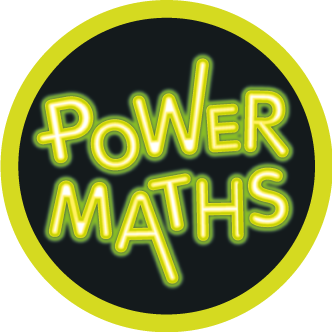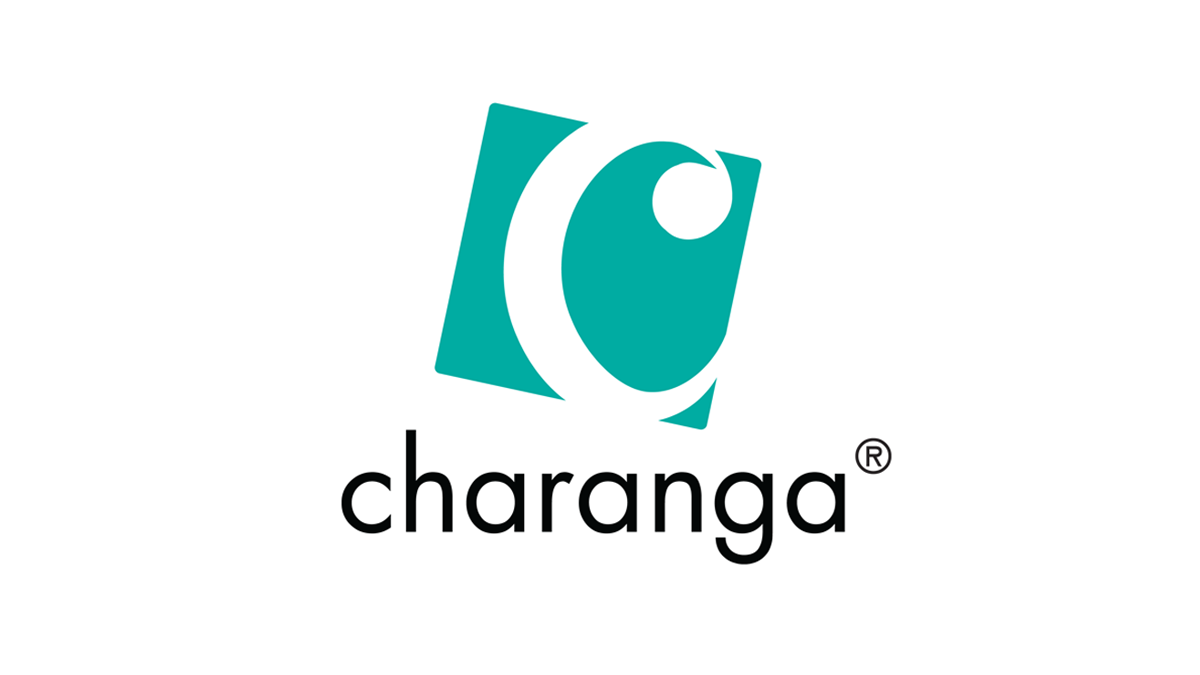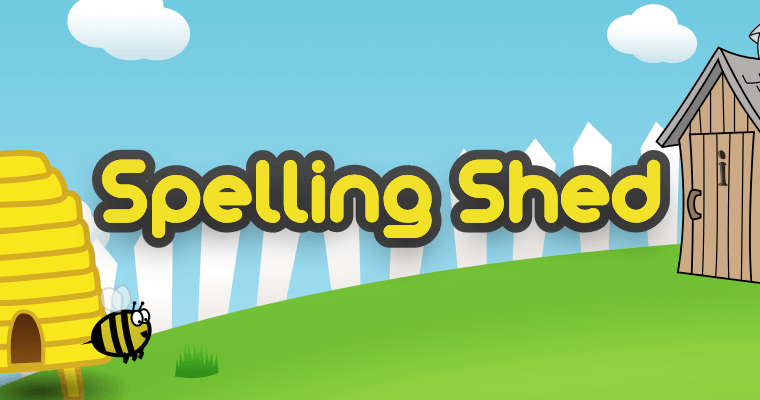Welcome to Year 6
Welcome to Year 6! Our class teacher is Mr Taylor and our teaching assistant is Mrs Kinder. Mrs Taylor, school's English lead, teaches English Mondays through to Thursdays.
The children settled in well to Year 6 and have taken on lots of extra responsibilities now that they are the oldest pupils in school.
Now that we are in Year 6, you will notice that we wear a Linthwaite Ardron hoodie, a fabulous gift from our PTFA.
Take a look at some of the activities we have been doing in our class:
History
We started our World War 2 unit with a Remembrance assembly for the whole school and parents. We then took part in a WW2 WOW day which involved lots of activities to help immerse us in our topic including: listening to the Prime Minister's (Neville Chamberlain) address to the nation at the start of the war; learning about the destructive force of the bombs used during the Blitz; reenacting air raids; learning first aid including putting on slings, dressing wounds and the recovery position; making propaganda posters, making our own spitfires, baking war time biscuits and much more!
Bonfire Safety Talk
We were lucky enough to receive a visit from West Yorkshire Fire Service to talk about keeping safe around fires and fireworks. They also talked about the kit they have to wear and the variety of different jobs they have to do.
Outdoor Learning Day
The day started with children using natural resources to create two sides of a rainforest- one to represent lush, verdent growth and the other to represent the effects of deforestation. This links to their English topic, where they have been writing arguments against deforestation.
We also had a session to combine maths, science and PE. Children had to choose different exercises to increase their heart rates. They then had to take their pulse three times and calculate the average. They then compared this to their resting heart rates to find which exercise increased it the most.
We were also lucky enough to have a P.E. session led by Mrs Bolton from Colne Valley High School. The class got to practise their hockey skills, including dribbling and attacking, before taking part in a mini tournament.
Police Visit
Year 6 were joined by PC Charlie and PCSO Gareth who came to talk about antisocial behavior and the duties that local police teams are responsible for. It was a very informative session and the children asked lots of great questions. They also saw a demonstration of handcuffs in action.
Coding
In Year 6, we created games using Scratch. We linked them to our unit 'The Industrial Revolution'. We had to include variables, including scores, and think about what age range our games were aimed at. Below is one of the games made in class
CPR Training
We had a visit from Toni who works at Kirklees Street Scene. She came to teach the class some basics of CPR and fisrt aid. She brought lots of dummies to practise on. The children had a good time but also learned some potentially life-saving information. Trying to complete chest compressions for over a minute was certainly a workout.
Outdoor Learning
We started with an orienteering session which was linked to our topic on The Industrial Revolution. This combined lots of thinking skills and physical fitness. We then created our own nature Haikus. In the afternoon, we learned some dribbling and passing skills in our first basketball P.E. lesson. We then had a fun time working together in teams to complete a variety of challenges and win some Dojos.
RE
As part of our unit, 'Making our community a more respectful place' we looked at different organisations in our local area which provide some type of service to the community. Each team had a team leader who oversaw the job allocations for other team members and ensured everyone contributed to the task. We created posters to show what we had found.
Class Trip
We visited the Manchester Museum of Science and Industry followed by the Manchester Museum.
Firstly, children had the opportunity to investigate lots of information and artefacts linking to our previous topic of The Industrial Revolution. They looked at all the different types of machinery that were used in the mills and the different types of jobs that were undertaken. They got to see some of the architecture created during the period.
After that, the children explored the 'experiment' zone, where they tried out lots of different fun activities linked to many different areas of science.
We then moved on to the Manchester Museum, where were discovered a vast array of fascinating and strange artefacts ranging from Egyptian tombs, live poison tree frogs, fossils and dinosaur bones.
History
In our topic on The Industrial Revolution, we have looked at the different factors that were vital in its creation which include: power, transport, factories, population, empire and agriculture. We created some freezeframes to demonstrate each one. Can you guess which each one is?
Transition Day
Our first day as year 6 happened at the end of year 5. We took part in lots of fun outdoor activities as an introduction to our new class. We worked in teams to solve puzzles and challenges together.
Science
In science, we have been learning about series circuits and thier components. We thought up our own questions and made predictions about how voltage affects a circuit. We conducted an experiment to test how voltage affects the loudness of a buzzer. We used appropriate scientific equipment (data loggers) to accurately record the decibels so we could compare them.
Science
In our topic on classification, we had the opportunity to look at some very exotic types of animals. We looked at the different features and used closed questions to classify them based on their characteristics. We also searched the wild area to find any local animals to classify.
We then carried out an experiment to test microorganism (mould) growth on bread and the different variables that may affect it.
Speed Watch
We learned about the dangers of speeding traffic and how road safety rules are important for everyone to keep safe. We undertook a traffic survey in our local area. We checked the type of vehicle, the number of occupants, if seatbelts were worn, if the driver was distracted with eating/phone and the speed of the vehicle.
Maths
In class we use songs to help practise our times tables. Here is a sample from a lesson during 'Maths is Fun Week'.
Science-Electricity
We have started our new topic by learning the different scientific symbols that appear in a series circuit. We have also had an opportunity to explore with the resources to create some simple circuits and draw appropriate diagrams.
We are investigating the question: "How does the voltage in a circuit affect the loudness of a buzzer?" Here children are testing their predictions and recording the decibels on a data logger.
.
'Clockwork'
Year Six’s class reader this half term is the Phillip Pullman book ’Clockwork’, which contains suspense, history, drama and excitement which kept them all on the edge of their seats to see how the story unfolded.
They wrote extracts of their own based on a dramatic section of the book, using a wide range of figurative language including alliteration, personification, metaphor, hyperbole and onomatopoeia. Have a look at some examples below, and watch our pupils read their independent writing out aloud.









































































































































































































